I’m a huge fan of Vivian Maier’s work. When I heard that there was an exhibition of her work right in my backyard (over at PCNW) it made me want to share some insight. In this interview, Photo Center’s Rafael Soldi and Jeffrey Goldstein discuss the in’s and out’s of discovering, developing and managing this important collection. As a curator and an artist himself, Rafael is well-qualified to dive into this interview with fine art collector Goldstein. [Check out Rafael’s blog here to see some of his work.] Take it away Rafael. – Chase
Thanks Chase. The Photo Center of NW is proud to announce an upcoming exhibition of photographs by Vivian Maier (1926 – 2009) from the Jeffrey Goldstein Collection.
Maier’s work was discovered in Chicago in 2007 when boxes of abandoned prints, negatives and undeveloped film were sold at auction. Starting in the late 1940s, she shot an average of a roll of film a day. Born in New York and raised in France, she moved to Chicago in the mid-1950s, and spent the next 40 years working as a nanny to support her passion for photography. Maier died at the age of 83 before her work was ever publically recognized or exhibited.
1. How did you stumble upon Vivian Maier and how did you come to acquire this large collection of her work?
Well, the short version is that I heard about Vivian Maier through the rumor mill at a Chicago flea market that I religiously attended every Sunday morning. I knew some of the original Vivian Maier buyers that attended the auction house where Maier’s works first appeared. One of the original Vivian Maier buyers owed me a substantial amount of money, and we decided to make good on the loan through my acceptance of 57 vintage Vivian Maier photographs. At the time, this decision held a fair amount of risk, word was just starting to spread and more often than not, “discovered” artwork doesn’t stand up long-term on its own merit. This transaction was my start. Sometime later another one of the original auction buyers and I connected, and I ended up acquiring an approximate total of 20,000 images.
2.What went through your head when you first dove into Vivian Maier’s imagery?
Regardless of medium, I tend to fall for “the image,” whether it is a drawing, painting, lithograph, etching, photograph or sculpture. There is a connected history of Chicago’s art scene from the 1950’s forward that I am partial to. I felt that Vivian Maier’s imagery fell in step with what I like. It’s a chord that struck my personal sensibilities, gritty and beautiful with a great care for composition. For me, wonderful visual metaphors come out of this particular combination. Too, the images contain a no nonsense, blue-collar worker’s approach that appeals to me.
3. What are some of the logistical, ethical and curatorial challenges that come with interpreting, sharing and producing work by an undiscovered, deceased artist as prolific as Vivian Maier?
This is the greatest of questions and one I have spent, with the help of others, honing down over the past 2 plus years. I have worked alongside some of Chicago’s best-known artists, gallery owners and art collectors for the past 30 years, until this project came along. This taught me that you have to make quality decisions throughout all aspects of handling a collection. I have also been an avid art collector since college and now I work toward making available in the Vivian Maier archive what I personally seek as a collector. Something of quality that’s as close to the artist’s hand as possible, even if that’s in the medium of multiples (prints).
There is an inherent responsibility that is different than anything else when you are handling a deceased artist’s work. It’s their legacy, not mine. There are hands-on ethical factors on how we approach the silver gelatin printing. We always stay with first generation negatives and never crop. We don’t sell any digital work and use no digital files to make corrections on the negatives. We’re very conservative and won’t even wash the negatives for fear of doing irreversible damage. Any issues are dealt with on the finished print only with hand spotting and etching done where needed. We stay true to the sensibilities of the time when the film was shot. Exhibition size was 12″ x 12″ and the print sensibilities tended to lean towards rich darks. The edition size of 15 is kept intentionally low as done with most good art prints of any serious artist. Ethically, we work hard to stay as true as we can with both the artist intentions and the medium.
The hardest part of the project, as with any project, is dealing with the money aspects. There is a notion out there that money bastardizes art, and I disagree. Anyone who makes art, needs materials, space, frames, shipping, art insurance, storage and so forth. Money is needed to solve these problems. Money well used is an incredible problem-solving tool. The logistics are immense and exciting. I’m with a small and tremendous dedicated group of talented people. Their individual indelible mark on the project gives us our successes. We treat this project like archaeology, careful not to disrupt or destroy, let the material speak for itself.
4. Vivian Maier was first and foremost an image-maker. She did not delve much into the darkroom; she did not exhibit her work or publish her photographs. How do you see your role now as a major figure in the dissemination of her images? What is the importance of the work your team is doing to bring her images to life?
There is fundamental understanding we all have had to come to, those in the project, the casual gallery goer and the collector. Vivian Maier, as far as we know, was not into printing. We feel that her images are worthy of printing so the question is how should we approach printing? The answer we feel works best contains our least personalized interpretation while staying rooted in the sensibilities of the time the film was shot. To a certain extent, we also factor in the sensibilities of the city that the artist lived in. It’s important that we make available an exceptional viewing experience featuring the work of a brilliant artist that was uniquely inspirational.
5. Tell us more about the book. How did it come about? How is it special compared to other Vivian Maier books out there?
The book deal for Vivian Maier, Out of the Shadows, took about 2 minutes to consummate. I meet with Richard Cahan and his business partner, Michael Williams in my kitchen surrounded by boxes of unsorted photos and negatives. Cahan was previously the photo editor for the Chicago Sun-Times for 17 years. Williams turned out to be one of the most visually poetic people I have come across. He is incredibly clever in putting pieces of a puzzle together in order to bring a visual story to life. The book cracks open the first inkling we have of who Vivian Maier was as a person. Also, it’s radical in showing the vast range of what she shot beyond her known street photography. The book shows how the ordinary captivated her and how she turned everyday things into something extraordinary. The first edition of 8000 has sold out and the 2nd printing is now available through the author’s site, cityfilespress.com. A limited amount of books from the first printing will be available at Photo Center NW.
6. How can we connect with Vivian Maier?
The best place to get the full force of Vivian Maier’s images is at the gallery shows. We are very pleased to partner up with Seattle’s Photo Center NW for a show that runs from the Feb 1 – March 28. An official opening date is set for Feb 15th. Photo Center staff can answer any questions you may have related to the show along with information on print and book sales. I think I can speak on behalf of the Photo Center, the authors of Vivian Maier, Out of the Shadows and the overall Vivian Maier project team, when I express a great appreciation for the public’s interest in acquiring prints or books. We consider these sales as a form of sponsorship that we need to continue to maintain the collection and to move the project forward. Please stay posted on PCNW’s site, pcnw.org, for the date and time of a book talk and slide show by Richard Cahan. We look forward to seeing you there! For print sales and additional information please contact Ann Pallesen, Photo Center Gallery Director, (206) 720-7222 x11
This video helps to illustrate the interview:
The Vivian Maier Photography Project from Aaron Cahan on Vimeo.

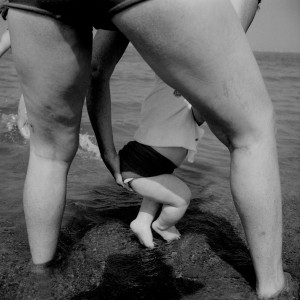
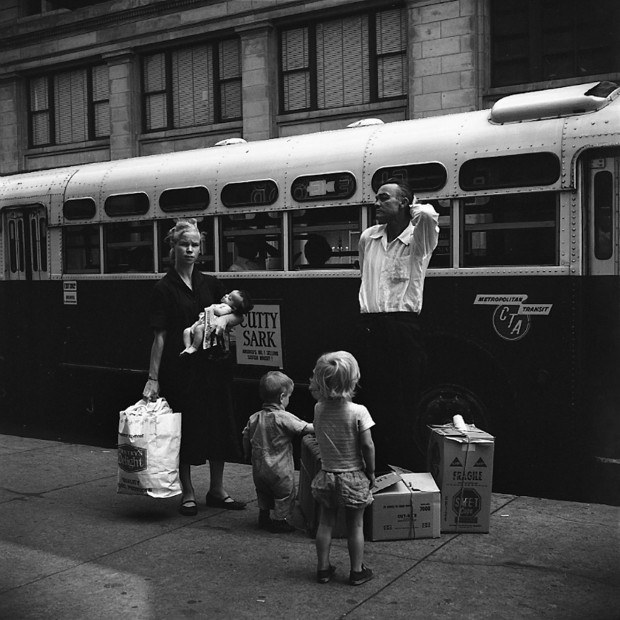
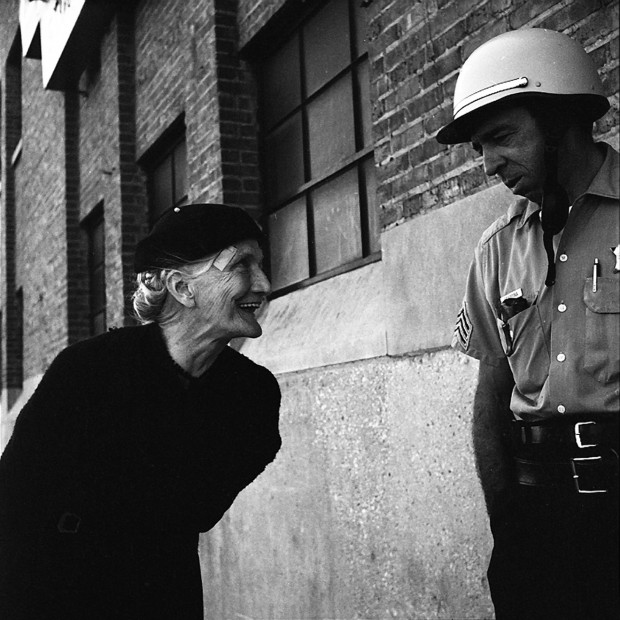
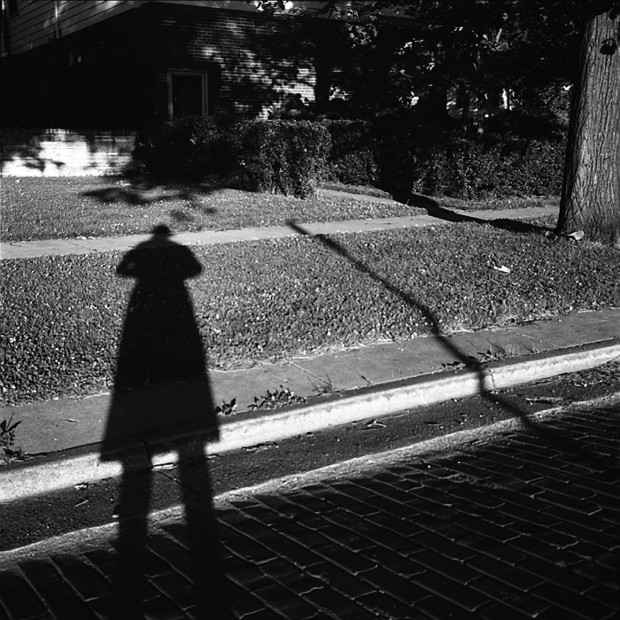
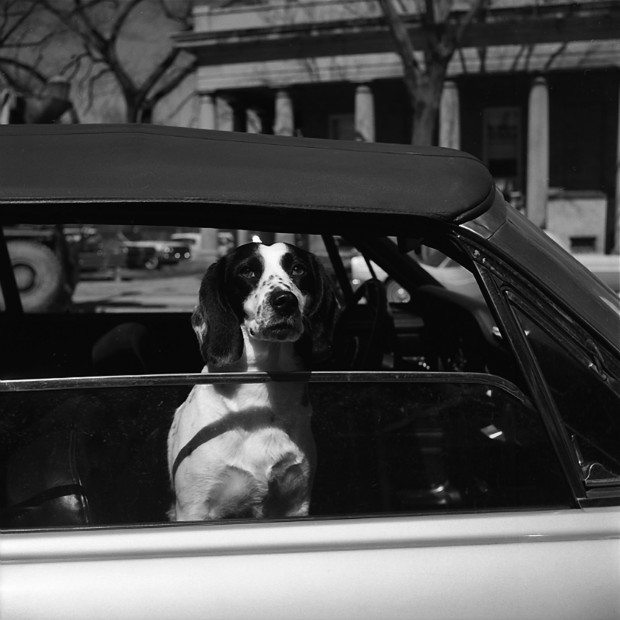
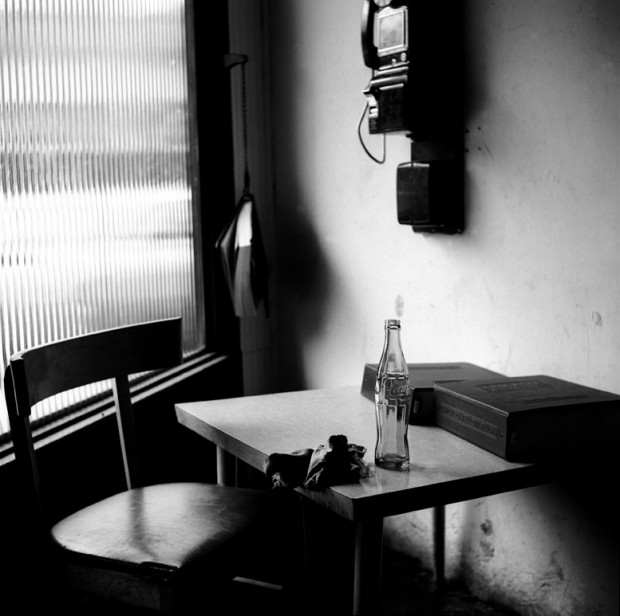
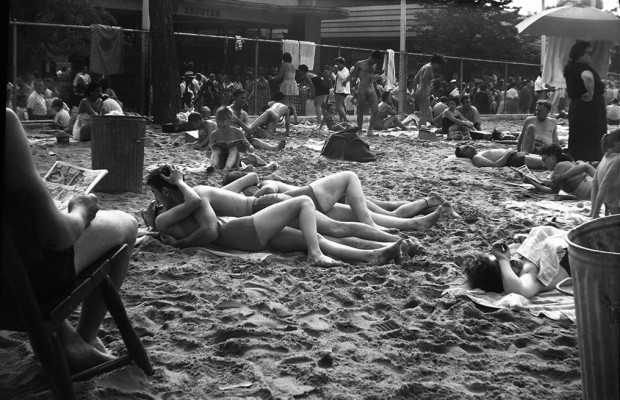
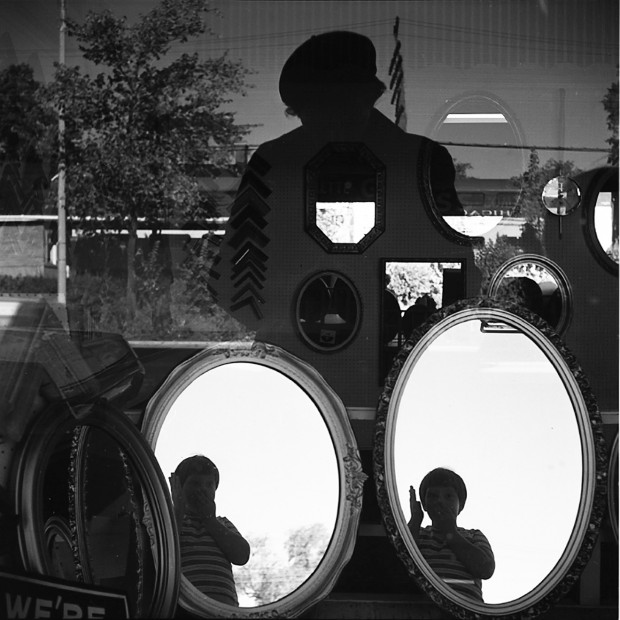
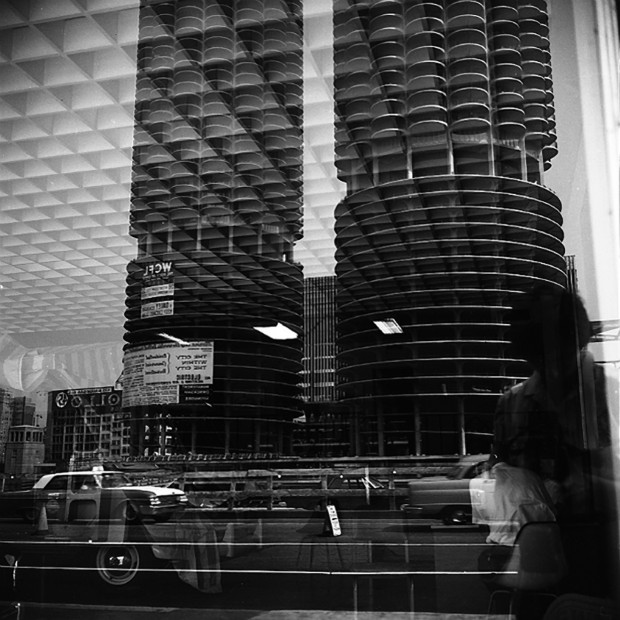
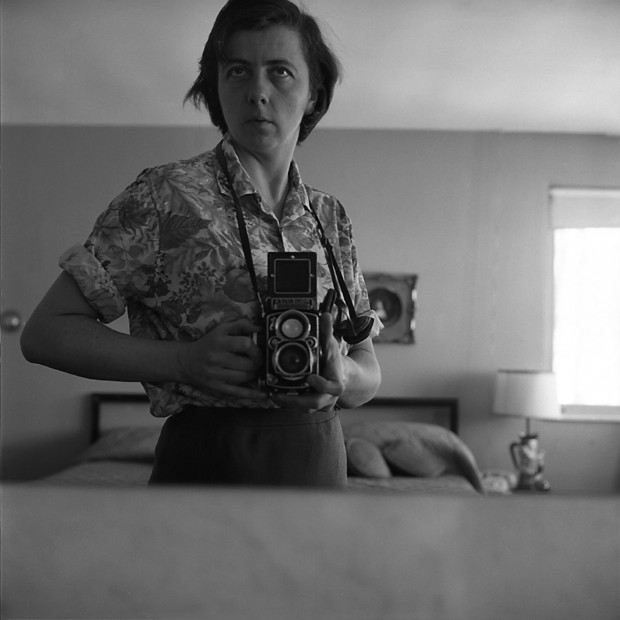
















I love you.
The BBC have just broadcast 1 1 hour feature on her. It’s available on Youtube http://www.youtube.com/watch?v=0_ZKYhtSHmg
Chase – shame on you for this fluffy crap interview. First there is a real tragedy here with John Maloof and Jeff Goldstein “splitting the baby.” Just the name of Jeff’s website deeply concerns me. He’s in it to sell prints? He heard the stories and went after the collection and did he ever offer to buy John’s to keep better intact? John did crowd funding for his book and documentary before Jeff owned a single print. John’s collection is vastly better. It’s a tragedy of modern greed that these two men have not collaborated for the grater good of these magnificent images. Shame on you for not asking and delving past the the bloggy fluff.
This deserved some hard hitting, no holds barred questions. It seems disingenuous and selfish that neither of these men are operating in virtual silos with the photographic treasures of a single artist. Where is the outrage? I’d love to see a true exhibition that is not bifurcated by ego & greed masked as a desire to “share” Vivian.